Cost Efficiency
The 3D Printed House Market is witnessing a notable shift towards cost efficiency, driven by the ability to reduce construction expenses significantly. Traditional building methods often incur high labor and material costs, whereas 3D printing technology can streamline these processes. Reports indicate that 3D printed homes can be constructed at a cost reduction of up to 30% compared to conventional methods. This financial advantage is particularly appealing in regions facing housing shortages, where affordability is paramount. As the technology matures, the potential for further cost reductions may enhance the attractiveness of 3D printed homes, thereby expanding the market. The emphasis on cost efficiency is likely to attract both developers and consumers, fostering growth within the 3D Printed House Market.
Sustainability Initiatives
Sustainability remains a pivotal driver in the 3D Printed House Market, as environmental concerns gain prominence. The construction sector is one of the largest contributors to carbon emissions, prompting a shift towards more sustainable practices. 3D printing technology utilizes materials that can be recycled or are less harmful to the environment, aligning with global sustainability goals. Furthermore, the ability to minimize waste during the construction process is a significant advantage. Studies suggest that 3D printed homes can reduce material waste by up to 60%, making them an attractive option for eco-conscious consumers. As governments and organizations increasingly prioritize sustainability, the 3D Printed House Market is likely to benefit from heightened demand for environmentally friendly housing solutions.
Technological Advancements
The rapid pace of technological advancements is a crucial driver for the 3D Printed House Market. Innovations in materials science, robotics, and software are enhancing the capabilities of 3D printing in construction. For instance, the development of new composite materials allows for stronger and more durable structures, while advancements in printing speed enable quicker project completion. The integration of Building Information Modeling (BIM) with 3D printing technology is also streamlining the design and construction process. As these technologies evolve, they are expected to improve the efficiency and quality of 3D printed homes, making them more appealing to consumers. The ongoing research and development in this field suggest a promising future for the 3D Printed House Market, with potential for widespread adoption.
Customization and Personalization
Customization and personalization are emerging as key drivers in the 3D Printed House Market, as consumers increasingly seek unique living spaces. Unlike traditional construction methods, 3D printing allows for tailored designs that cater to individual preferences and needs. This flexibility can lead to homes that reflect personal styles, enhancing customer satisfaction. Market data indicates that a significant portion of potential buyers expresses interest in customizable features, such as floor plans and interior layouts. As the technology becomes more accessible, the ability to create bespoke homes is likely to attract a diverse range of consumers, from first-time buyers to luxury homeowners. This trend towards personalization is expected to fuel growth within the 3D Printed House Market, as it aligns with the evolving expectations of modern homebuyers.
Regulatory Support and Incentives
Regulatory support and incentives are increasingly influencing the 3D Printed House Market, as governments recognize the potential of this technology to address housing challenges. Various jurisdictions are beginning to establish frameworks that facilitate the adoption of 3D printing in construction. This includes streamlined permitting processes and financial incentives for developers who utilize sustainable building practices. For example, some regions offer tax breaks or grants for projects that incorporate 3D printing technology. Such supportive measures are likely to encourage investment in the 3D Printed House Market, as they reduce barriers to entry for new players. As regulatory environments evolve, the potential for growth in this sector appears promising, with increased collaboration between public and private entities.


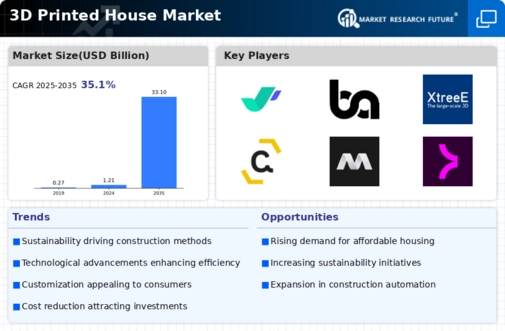
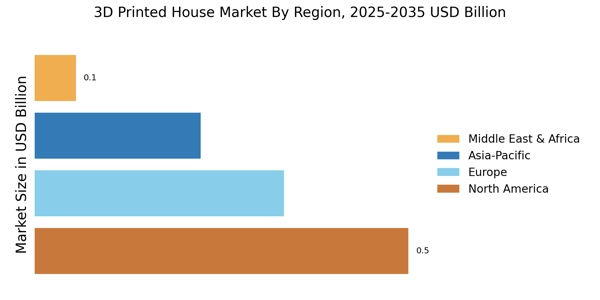
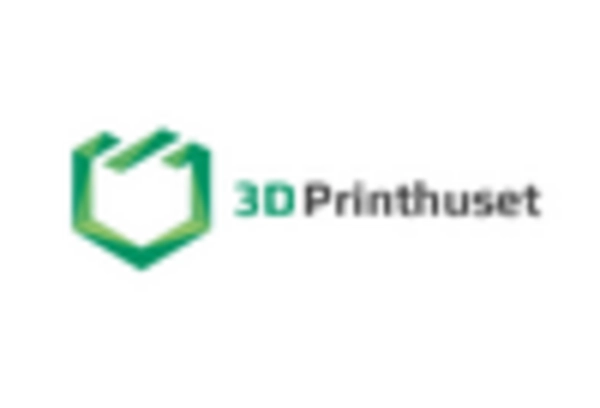


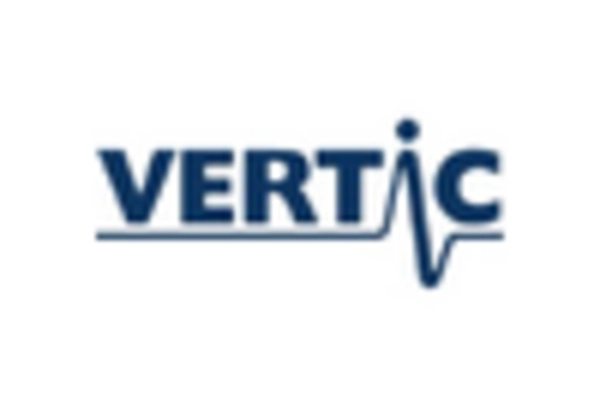
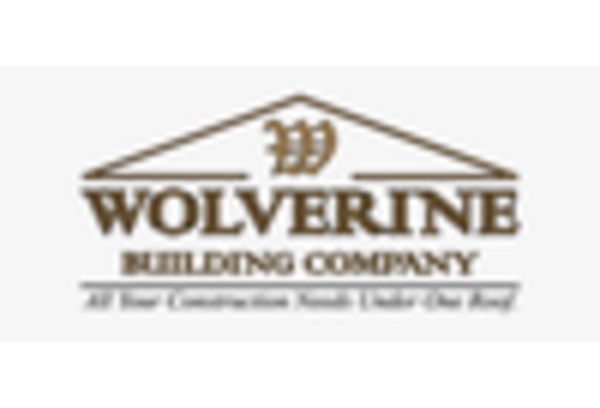








Leave a Comment